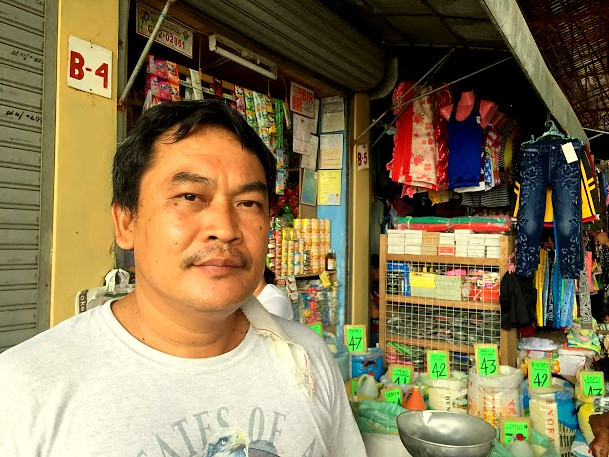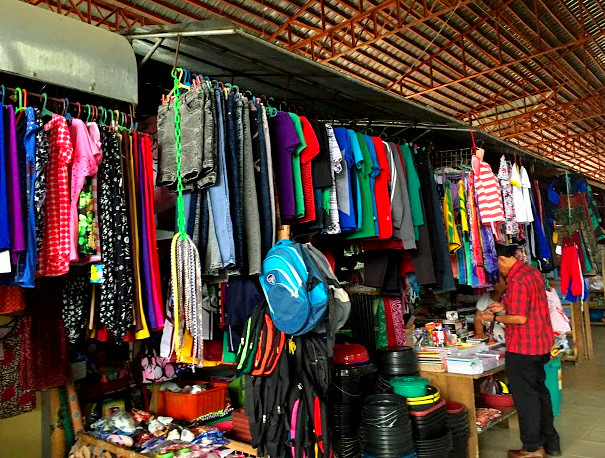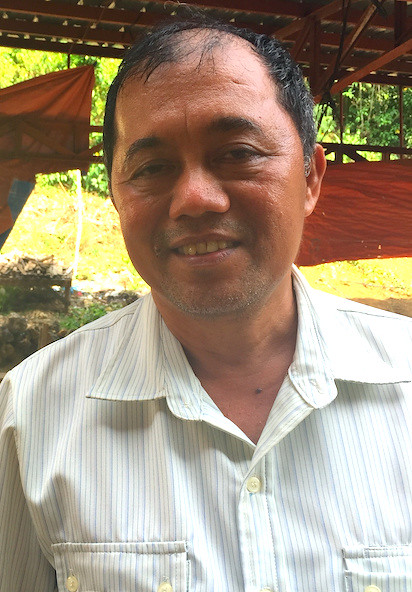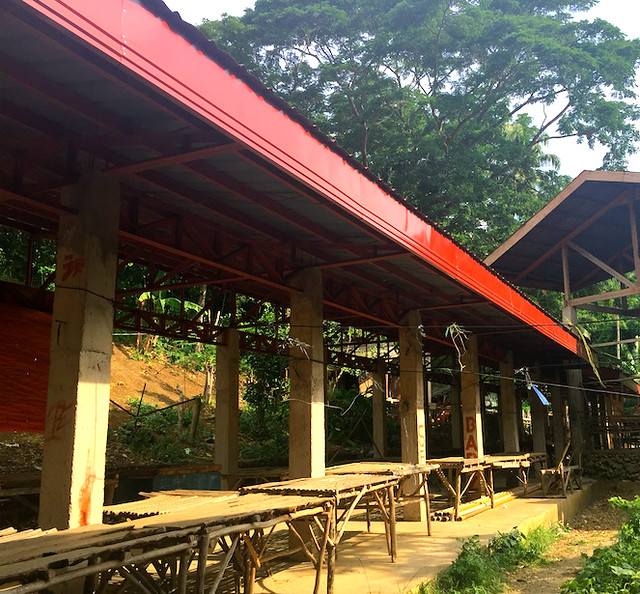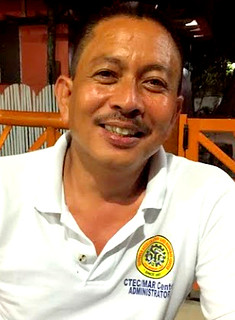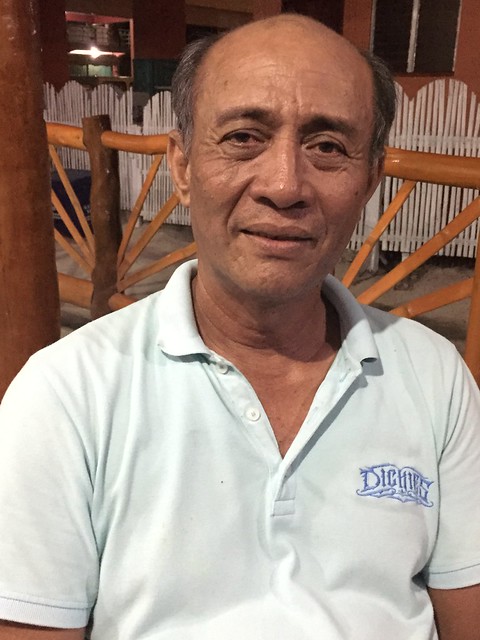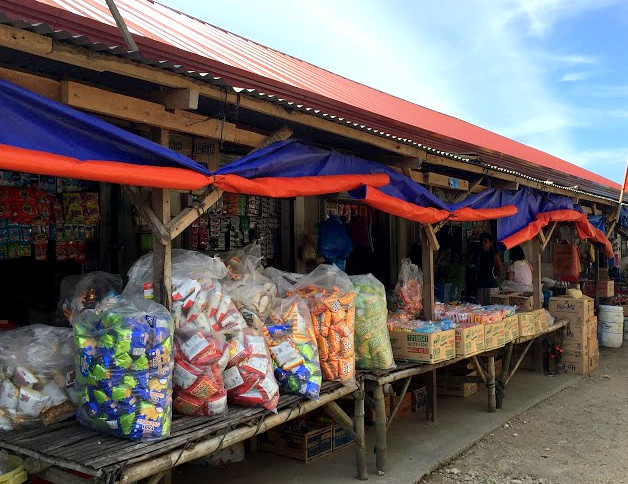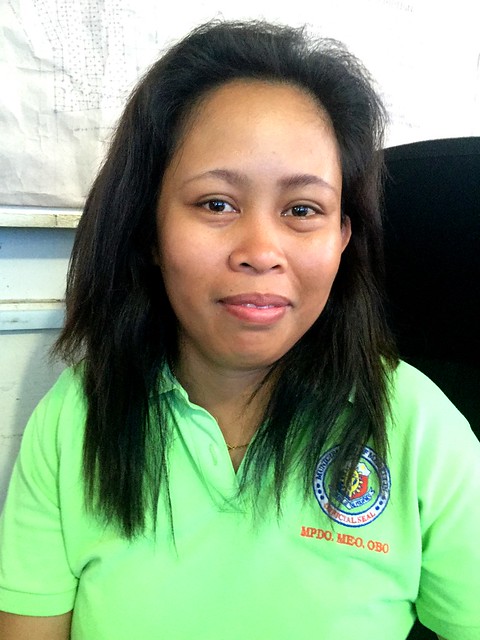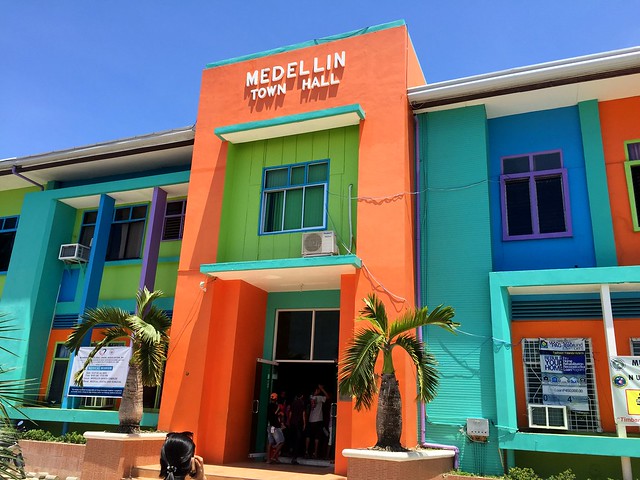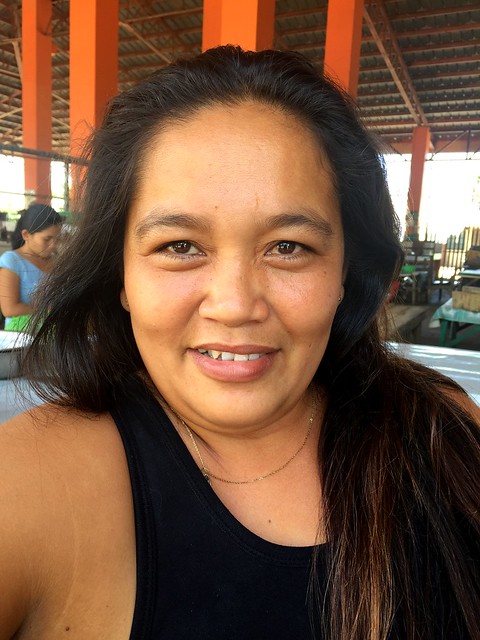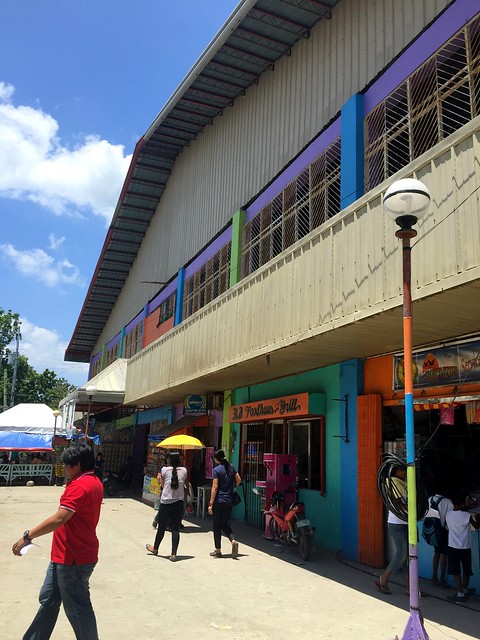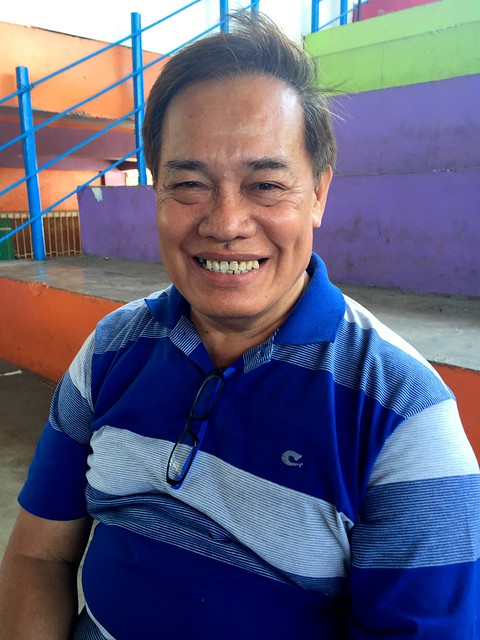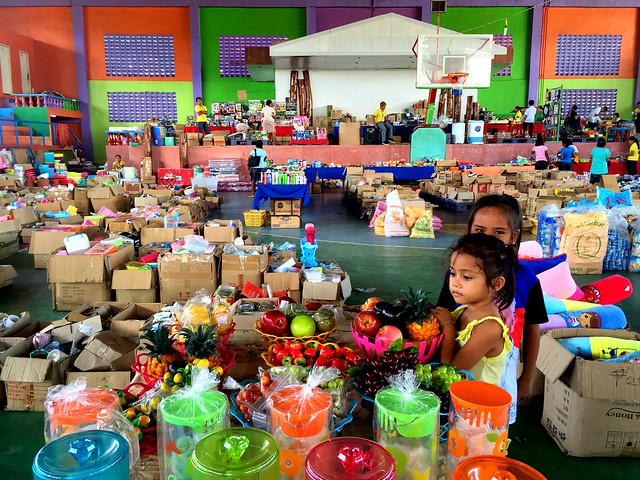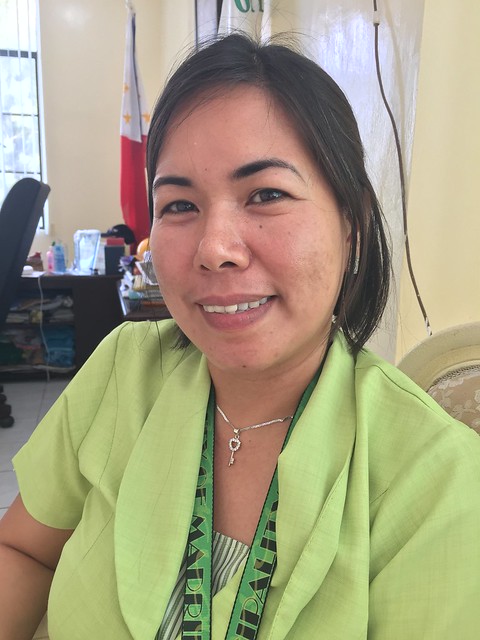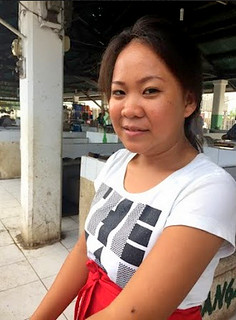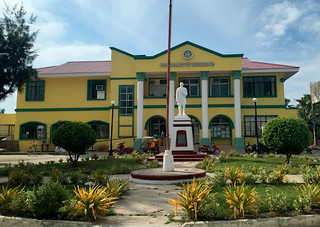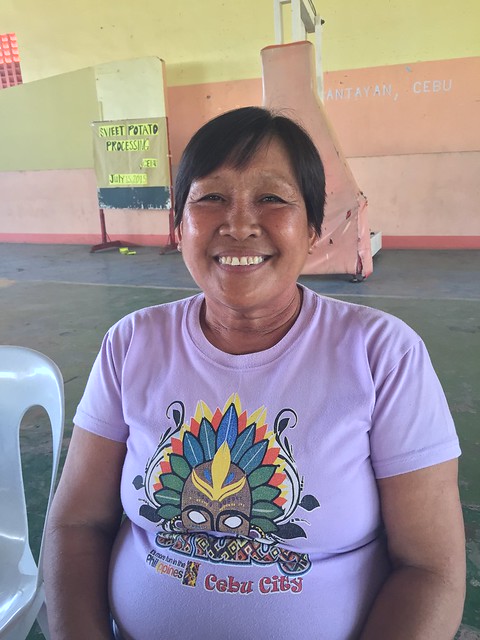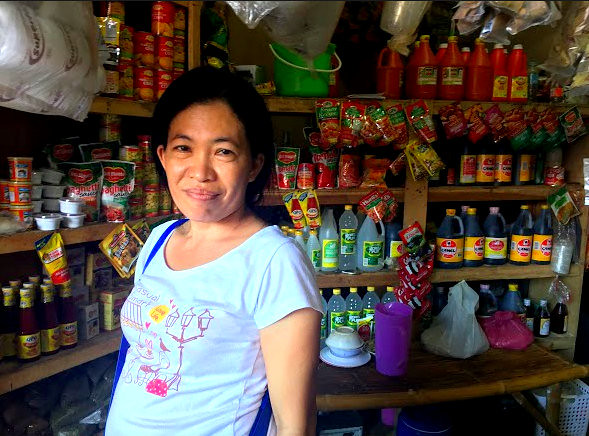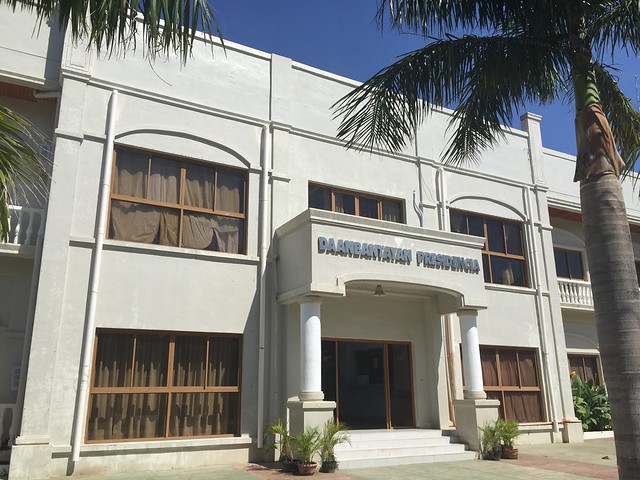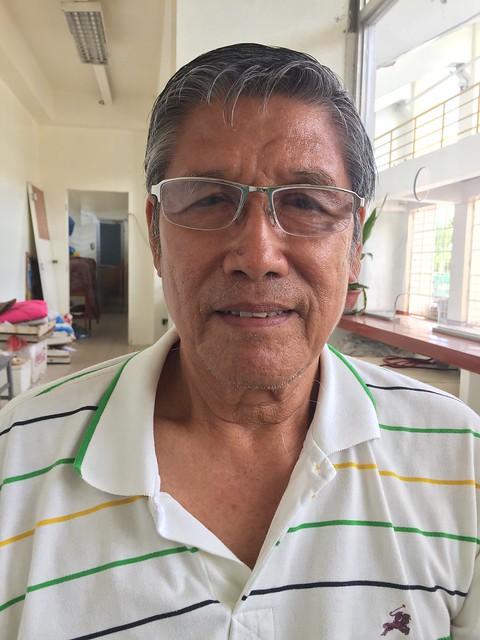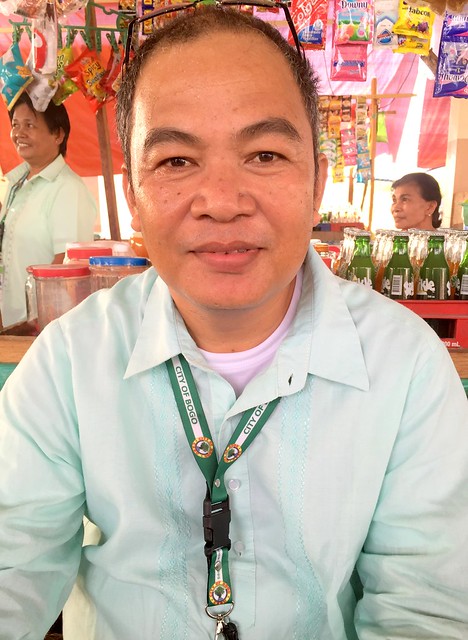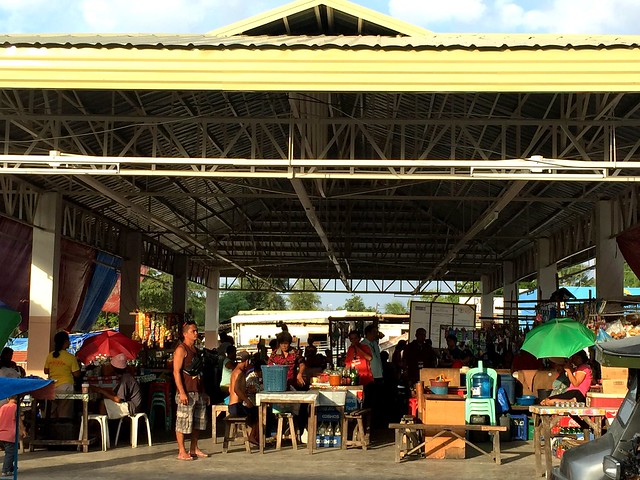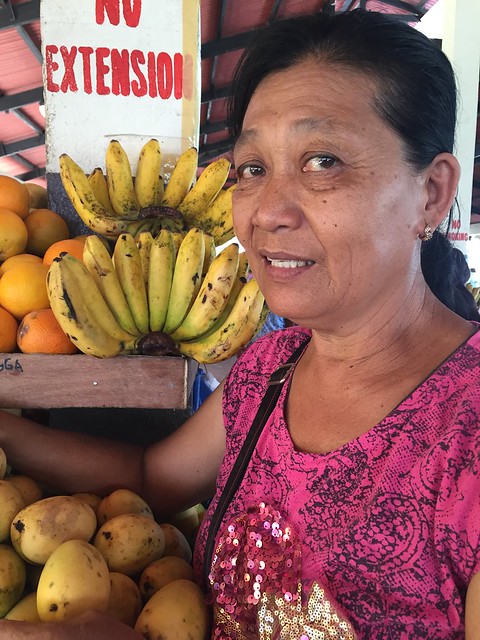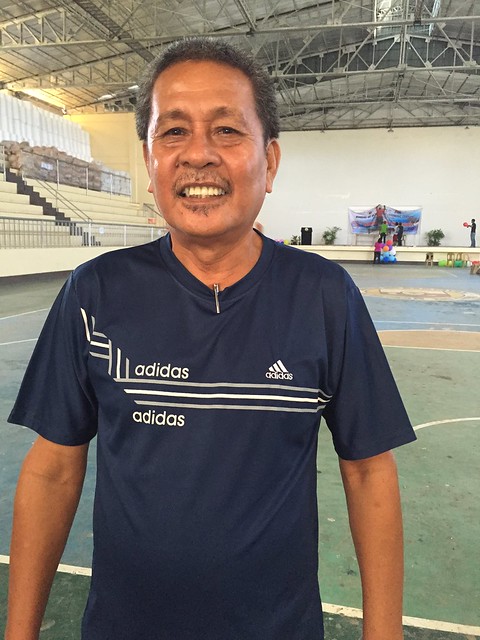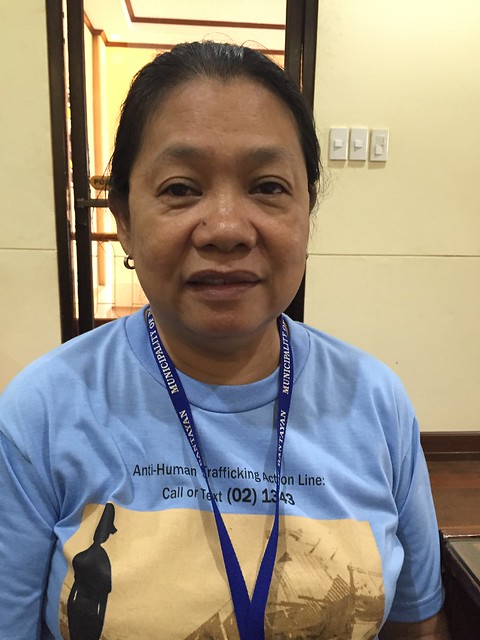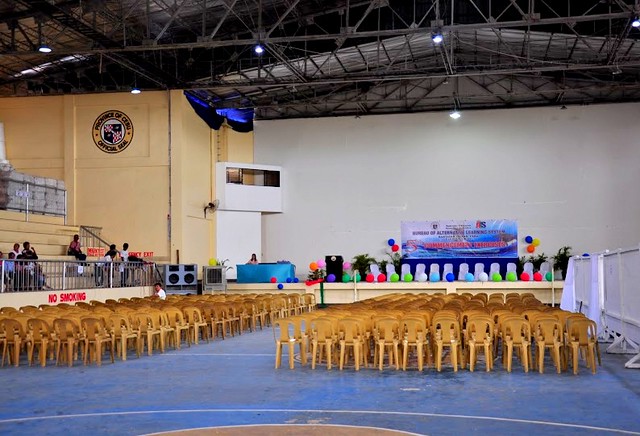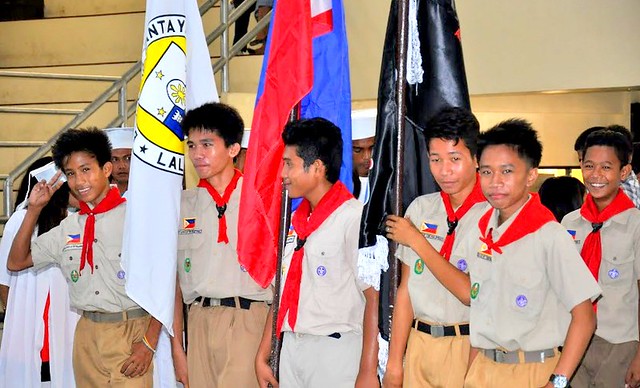Situated on popular tourist spot known as Bantayan Island, Santa Fe, famed for its white sand beaches, is perhaps not especially known for its Yolanda experience.
Yet as Super Typhoon Yolanda made landfall, Santa Fe was one of a number of municipalities in Cebu that remain completely isolated, with all modes of communication cut off, and roads made impassable to vehicles.
As the storm raged, some 1,000 of the municipality’s local citizens sought refuge in the nearby municipal hall.
“There were people everywhere,” remembers Joanes Paulo M. Esgana, a local municipal administrator. “From the ground to the second floor, everyone was packed in like canned sardines.”
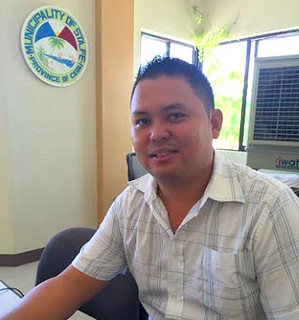
Santa Fe Municipal Administrator Joanes Paulo M. Esgana
At times, it was a terrifying experience. “It was really scary, watching objects flying around the room. The roof (of the municipal hall) peeled away, piece by piece, like tissue paper,” he says.
Some were even less fortunate. “There were those people who weren’t able to go to the municipal hall – those who were on their way, but beaten there by Yolanda – they held on to coconut trees,” Joanes explained. “Some said that they could feel the coconut trees being uprooted in their hands. They had no choice but to keep grabbing at different trees, holding on, until Yolanda subsided.”
There were moments he experienced on that day that were unlike any other. “On that day, there was a family holding a wake,” he added. “We were asked to evacuate the corpse, along with the family.”
Many in the municipality had undertaken preparations prior to Yolanda’s arrival. Yet the sheer magnitude of the typhoon was beyond regular expectations.
“During Typhoon Yolanda, we had volunteers help out. They are our Barangay Volunteer Emergency Response Team,” Joanes explains. “They shared that it was challenging for them to evacuate people before Yolanda. With many local people having survived Typhoon Frank, they were confident that they would also survive Yolanda without evacuating,” he says.
Ivy R. Illustrisimo, a stall owner in the Santa Fe public market, was one of those who did not evacuate during Yolanda. Instead, she stayed at home and watched as the typhoon wrecked havoc on nearby houses and infrastructure.
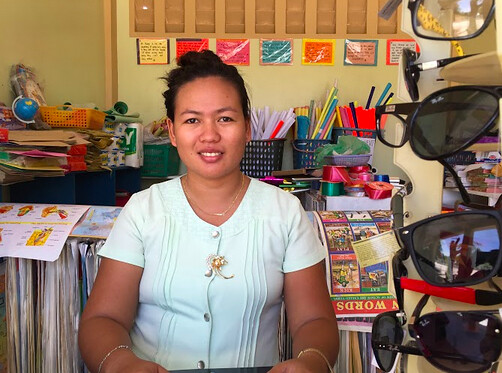
Santa Fe public market vendor Ivy R. Illustrisimo
“We didn’t expect it to be that strong, but we were wrong,” she explains. “The whole surroundings changed after the typhoon. It devastated our market, and our community.”
Rehabilitation means efforts to save lives, now and in the future
With assistance from RAY DILG, the public market has now been significantly improved, with view to greater resilience in the face of calamities.
“Our stalls now have roll-up doors, keeping our products safe overnight,” Ivy says. “In the past, some items, especially school supplies, were stolen while the stalls were closed.”
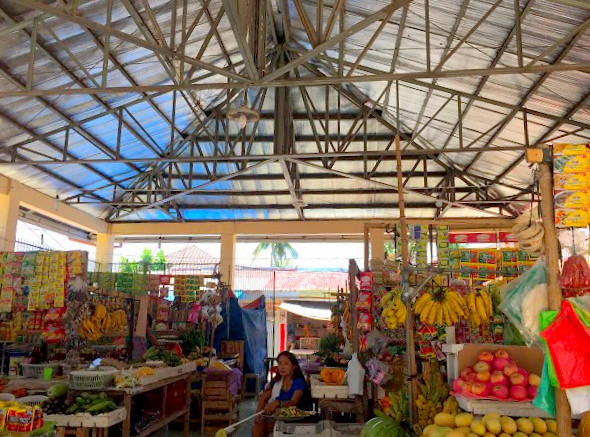
The newly-rehabilitated Santa Fe Public Market – July, 2015
The addition of a second floor also means more vendors, and a more vibrant space. “Our market is made of concrete, with proper division for the stall owners. It was really a make-over here in our market,” Ivy added.
The Santa Fe municipal hall has also experienced significant improvements.
“Before (Yolanda) the municipal hall looked like a warehouse,” Joanes says. “Where once we had jalousie windows, now we have sliding windows and doors. New floor tiles have also been installed, while our payment centers now also have glass windows.”
“The RAY DILG fund was a big help in Santa Fe. People are impressed because our municipal hall and public market have been improved. Both are beautiful and resilient. We can proudly say that the fund was utilized well and can be seen and used by the whole community,” Joanes added.
